Disclosure: We may get commissions for purchases made through links in this post.
One of the biggest benefits of asphalt over its other paving materials is its ability to be constructed and used in a shorter time span. Unlike concrete, asphalt is often seen as a quicker alternative to projects that require a quick turnaround. So how long does it take for asphalt to dry and cure? We've found these answers for you!
Now, to answer this question, note the major difference between curing and drying times for asphalt. For one, asphalt's curing process can take anywhere from a few months to a year. Asphalt drying, on the other hand, takes about 2-3 days —a relatively shorter process than curing.
It may take quite some time for asphalt to cure, but it does dry faster than other paving counterparts. If you'd like to learn more about asphalt curing and drying, we've compiled all the necessary information in this article. Read on to discover the difference between the two and how to further protect asphalt afterward.
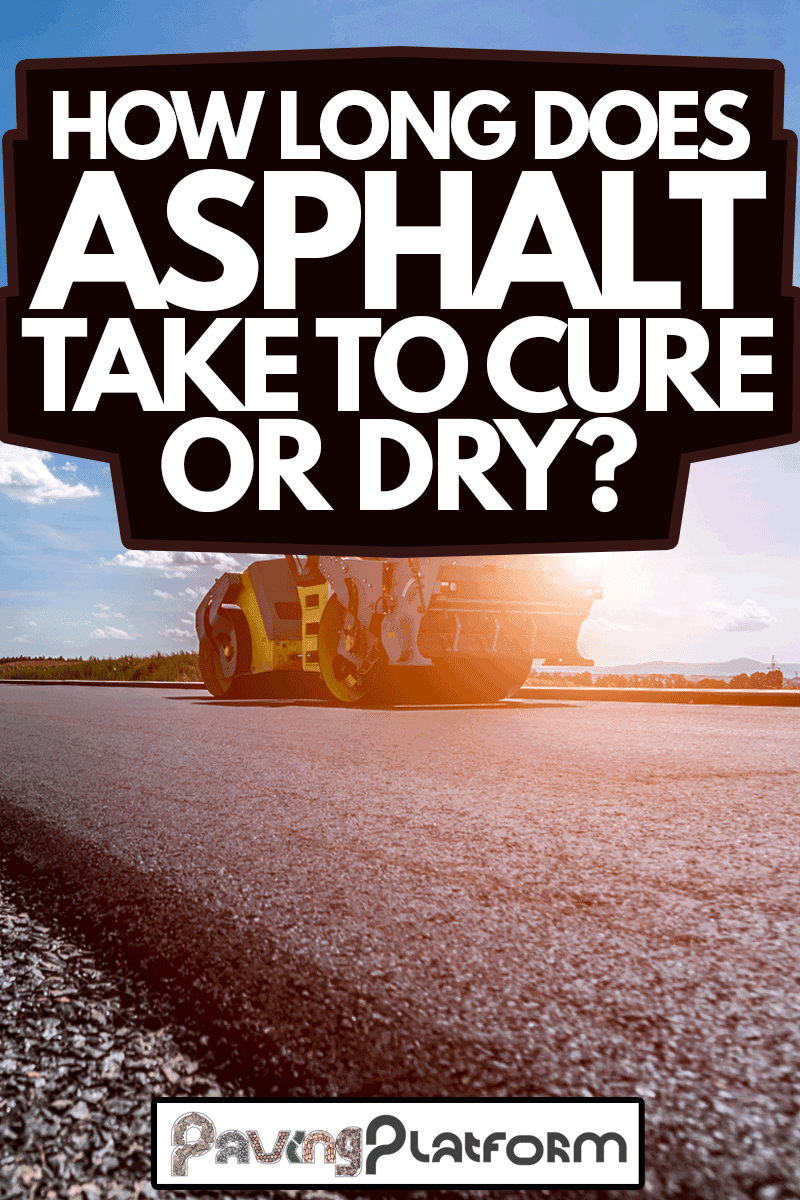
How Long Does Asphalt Take To Dry?
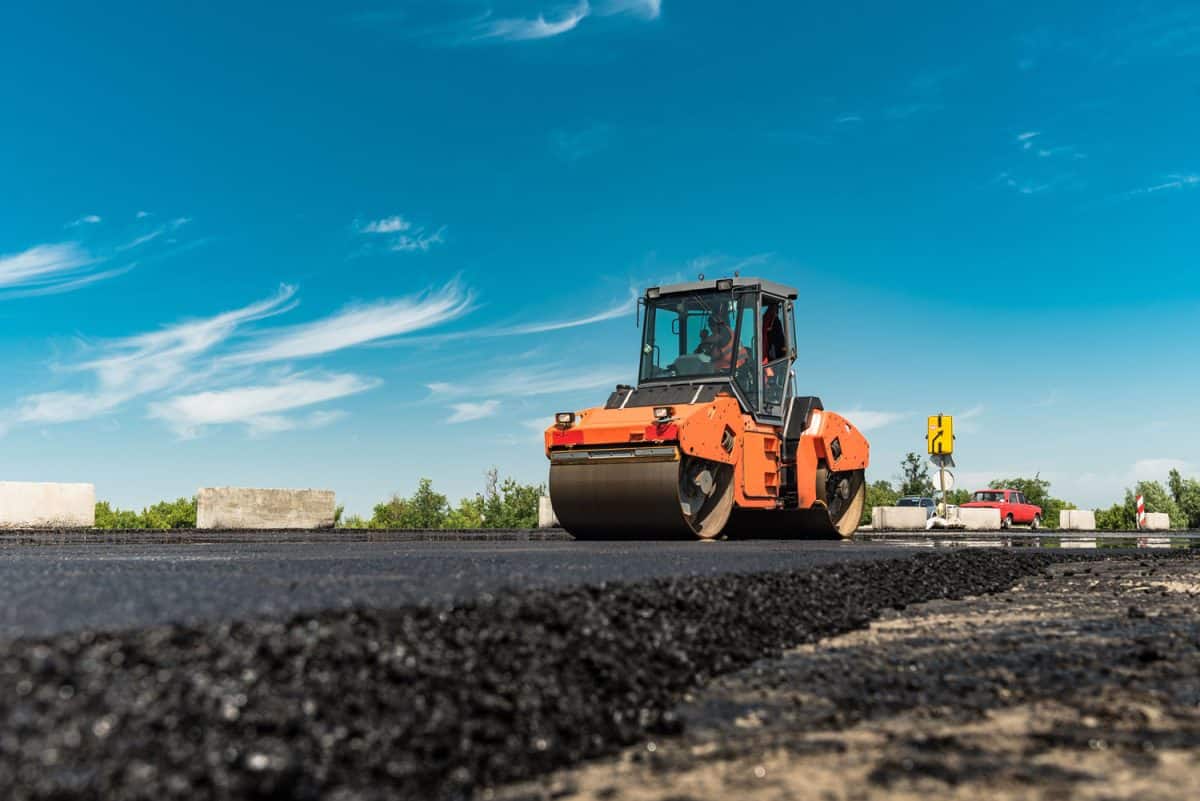
When fresh asphalt is laid on the ground, one of the important rules to know is that you should stay off of the asphalt before it is completely dry. This is to prevent damaging the new surface from cracks or ruts that will shorten the life of your asphalt pavement.
The asphalt needs time for everything to be compacted and hardened before it will be feasible to drive over it. It will take some time, but freshly laid asphalt typically dries anywhere from 48-72 hours (2-3 days).
After the asphalt is cooled and dried, it will be safe enough to be walked on or driven on. However, it is also very important to know that at this point, the asphalt is still not cured and sealed. During this time, it would be best to prevent using the newly asphalted surface for heavy traffic or having damaging substances like oil penetrate the surface.
For resurfaced asphalt, drying time is a lot shorter mainly because it is already poured over an older layer. It takes only about 2-3 hours for resurfaced asphalt to dry, as long as the weather is not hot and humid. After this short amount of time, the surface is ready to be walked on driven on immediately.
How Long Before Asphalt Cures?
Asphalt curing takes anywhere from 6 to 12 months, depending on several conditions such as the type of mix used, thickness, and weather conditions. Curing is the process in which the asphalt further hardens as the sun causes oxidation on the pavement. This bakes out the excess oils from the asphalt.
Freshly laid asphalt is black and as it slowly cures, it turns into more of a dark grayish color. After about 30 days of partial curing, the asphalt should be ready for an initial seal coat.
During the time that an asphalt surface is not yet cured and sealed, caution should be applied to the asphalt against heavy traffic use or having cars park on it so soon. This will leave the asphalt cracked or marked from the weight, further damaging the pavement.
What is Seal Coating?

After the asphalt surface is partially cured—around 30 days after application—it will be ready for an initial seal coat. Seal coating, also known as pavement sealing, is the process where a layer of protective coating is applied to the surface of the asphalt to prevent hazardous elements like water, oil, and excess UV damage from ruining the laid asphalt.
One of the things that happens to asphalt as it dries and cures is that it also becomes brittle. This is also the reason why cracks start to appear on the surface. Seal coating helps the asphalt become wet, because it partially removes the brittleness of the asphalt to further strengthen it as it fully cures.
Ideally, asphalt should be seal coated every 1 to 3 years, depending on the state of the sealer. It is not advised to overseal your asphalt because it might cause further cracking or peeling on the surface, or what we know as the alligatoring effect.
There are a few signs to look out for when it is time to seal your asphalt:
- when cracks are visible in multiple places
- when there is rutting or broken areas on the asphalt
- when the surface has dents or buckling
- when there is excessive fading and staining on the surface
What Happens If It Rains On Fresh Asphalt?
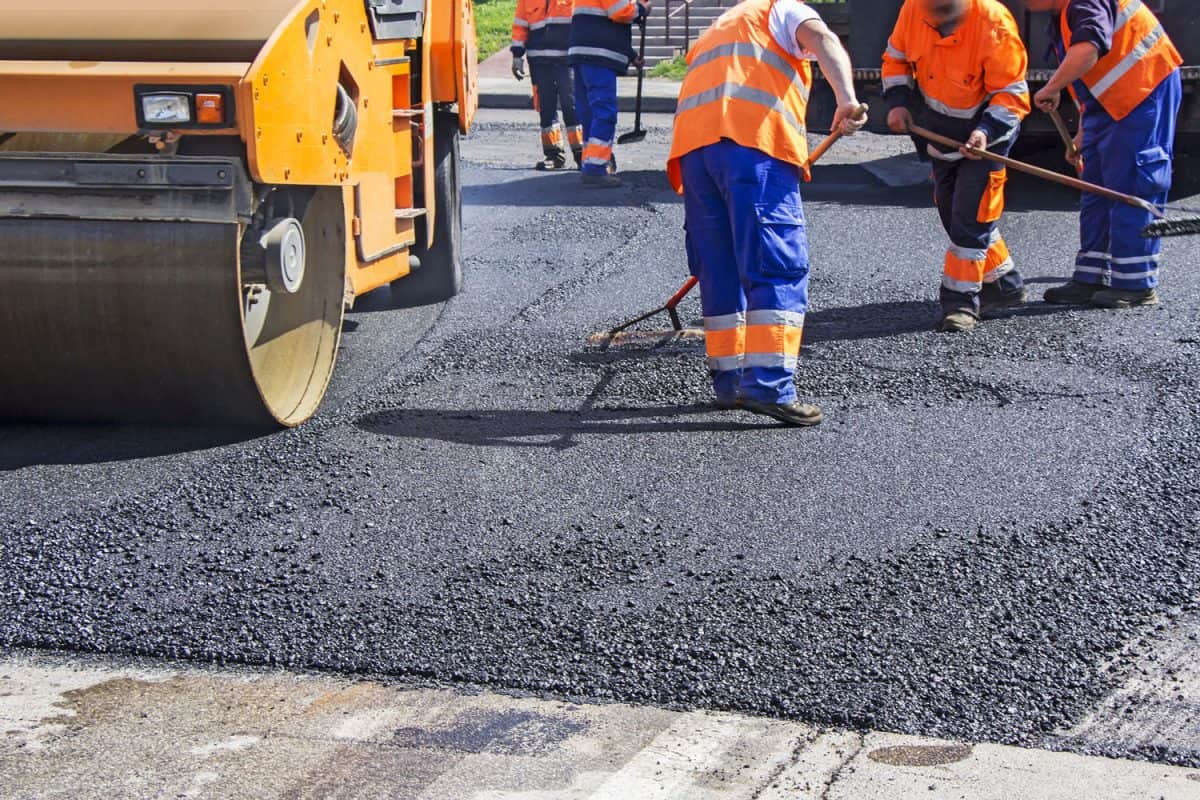
In order to produce good results, asphalt should be laid during a time when favorable weather conditions are consistent. In most places, asphalt paving is done during the hotter months when the humidity is low and the sun is out most of the time. This is because rain can affect the quality of the freshly laid asphalt.
Freshly laid asphalt is a mix of aggregate and binder, which is primarily made up of oil. Asphalt is then left to slowly dry and cure, and the end result is a pavement that is solid and resistant to damage.
However, until such time that the asphalt has dried, the oil used in the mixture can still react with water causing it to rise to the surface. This will prevent the asphalt from curing properly and for premature cracks to appear.
When freshly laid asphalt is subjected to rain before it is completely dried, the quality of the asphalt will be affected. Rainwater can also affect the stability of the subsoil, making it less compact and sturdy due to the moisture.
Does Weather Affect Asphalt?
Generally speaking, weather does affect asphalt because of the temperature needed for the pavement to fully dry and cure. It should be noted that the best set of weather conditions are fully met before laying down asphalt in order to prevent damaging and lowering the quality of the pavement.
Cold weather is asphalt's number one enemy. This is because cold temperatures affect the asphalt's ability to fully bind and causes raveling. This also makes the asphalt prone to severe cracks, chips and cold-related damage like contraction and shrinkage.
Extreme heat on the other hand, can cause asphalt to melt, slough or bruise. It also prevents the asphalt from curing properly as the sun will oxidize the asphalt too much and will cause premature deterioration. Too much heavy oils in the asphalt can cause it to become brittle and crack.
Other weather conditions that may affect asphalt paving are the rain and humidity. As discussed earlier, water is asphalt's biggest threat because it causes deterioration. On occasion, water also affects the soil beneath the pavement. It saturates the soil and the trapped moisture can slowly affect the asphalt laid on top.
Final Thoughts
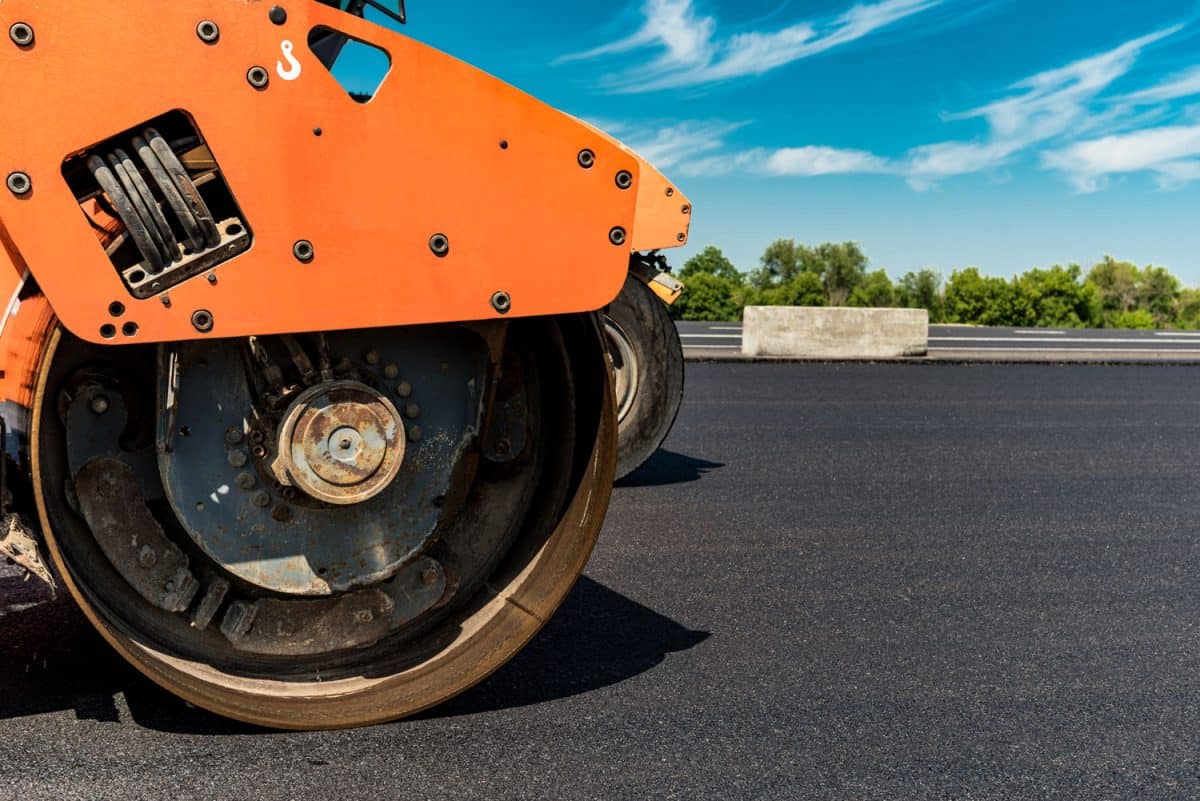
There is a difference between asphalt's drying and curing times. Asphalt dries very quickly—it only takes a good 48-72 hours (2-3 days) before it is dry, making it safe for people and vehicles to use immediately.
An asphalt's curing time however takes a lot longer. Asphalt is fully cured at around 6 months to a year before it is fully hardened. In order to protect asphalt before it is completely cured, it should be seal coated immediately—around 30 days—to preserve its quality.
If you'd like to learn more about asphalt and other topics related to paving, we have a few articles for you!

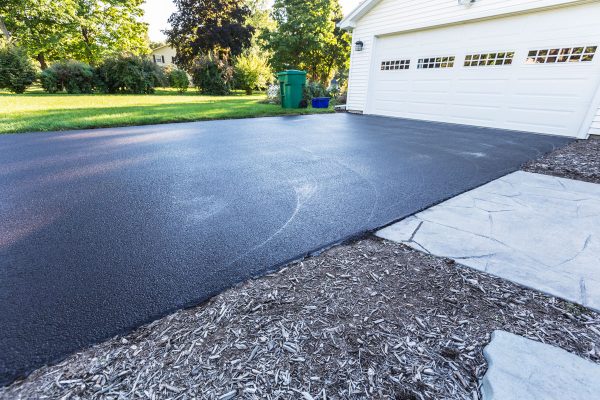
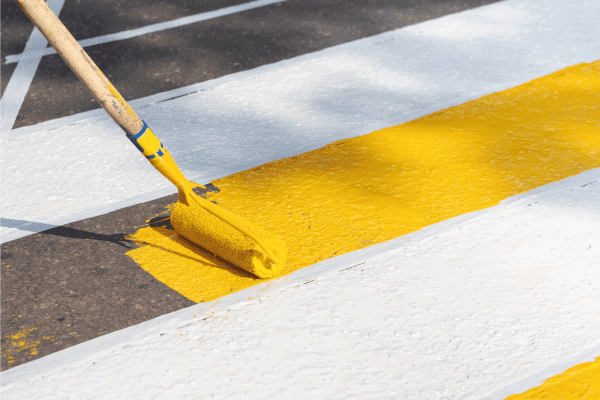
![Two manual workers helping to level the asphalt surface for a steamroller to press, Types Of Asphalt [And How To Choose For Your Driveway Or Walkway]](https://pavingplatform.com/wp-content/uploads/2022/03/Two-manual-workers-helping-to-level-the-asphalt-surface-for-a-steamroller-to-press-600x400.jpg)